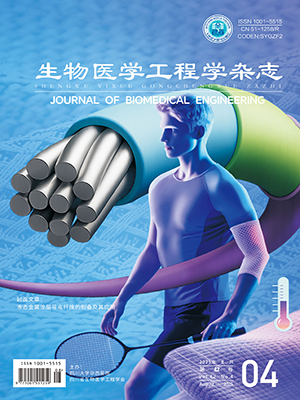The intensive care unit (ICU) is a highly equipment-intensive area with a wide variety of medical devices, and the accuracy and timeliness of medical equipment data collection are highly demanded. The integration of the Internet of Things (IoT) into ICU medical devices is of great significance for enhancing the quality of medical care and nursing, as well as for the advancement of digital and intelligent ICUs. This study focuses on the construction of the IOT for ICU medical devices and proposes innovative solutions, including the overall architecture design, devices connection, data collection, data standardization, platform construction and application implementation. The overall architecture was designed according to the perception layer, network layer, platform layer and application layer; three modes of device connection and data acquisition were proposed; data standardization based on Integrating the Healthcare Enterprise-Patient Care Device (IHE-PCD) was proposed. This study was practically verified in the Chinese People’s Liberation Army General Hospital, a total of 122 devices in four ICU wards were connected to the IoT, storing 21.76 billion data items, with a data volume of 12.5 TB, which solved the problem of difficult systematic medical equipment data collection and data integration in ICUs. The remarkable results achieved proved the feasibility and reliability of this study. The research results of this paper provide a solution reference for the construction of hospital ICU IoT, offer more abundant data for medical big data analysis research, which can support the improvement of ICU medical services and promote the development of ICU to digitalization and intelligence.
Citation: LIANG Hong, SUN Jipeng, FAN Yong, CAO Desen, HE Kunlun, ZHANG Zhengbo, MAO Zhi. Research and application implementation of the Internet of Things scheme for intensive care unit medical equipment. Journal of Biomedical Engineering, 2025, 42(1): 65-72. doi: 10.7507/1001-5515.202411025 Copy
Copyright © the editorial department of Journal of Biomedical Engineering of West China Medical Publisher. All rights reserved




